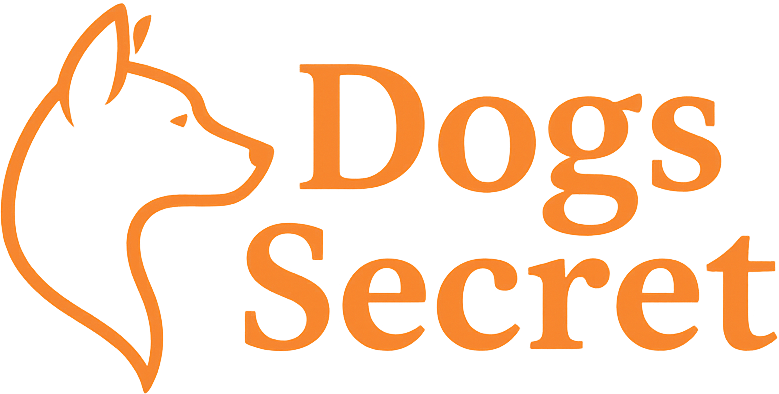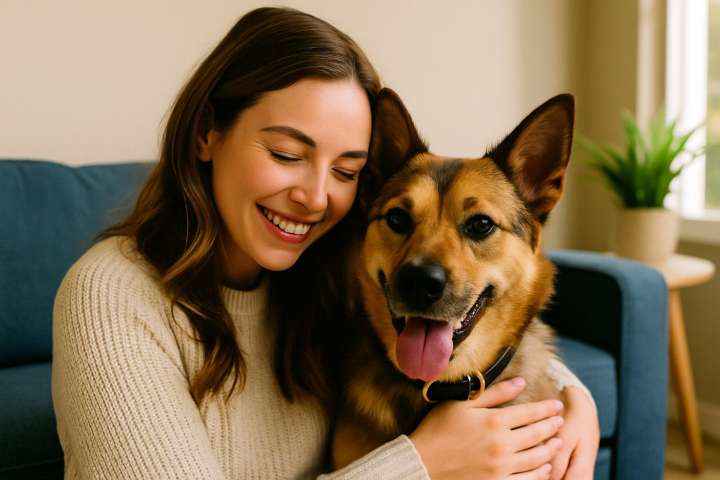Bringing home a new dog—whether a playful puppy or a rescued adult—is the beginning of a beautiful relationship. But like any relationship, building trust and connection takes time, consistency, and patience.
The first few days and weeks are especially important. Your dog is adjusting to a new environment, new people, and new routines. By taking the right steps early on, you can build a strong emotional bond that leads to better behavior, easier training, and a deeper companionship.
In this guide, you’ll learn how to bond with your new dog quickly and effectively—without overwhelming them.
1. Give Your Dog Time to Decompress
Before trying to engage too much, allow your dog to explore their new surroundings at their own pace.
What to do:
- Set up a quiet, safe area just for them
- Limit overwhelming stimuli (guests, loud noises, children)
- Let them come to you, rather than forcing interaction
Early trust is built through respect and calm energy—not pressure.
.
2. Create a Consistent Routine
Dogs thrive on predictability. A consistent routine builds your dog’s sense of security and shows them you’re reliable.
.
What to do:
- Regular feeding times
- Scheduled walks and bathroom breaks
- Predictable play, training, and rest times
Consistency helps your dog settle in faster and form healthy habits.
.
3. Use Positive Reinforcement
One of the best ways to bond with your dog is through reward-based training. When your dog does something good and is rewarded, they associate you with positive outcomes.
Tips for bonding through training:
- Keep sessions short and fun (5–10 minutes)
- Use treats, praise, or toys as rewards
- Focus on basic commands: “sit,” “come,” “stay,” “leave it”
- Always end on a positive note
4. Engage in Low-Pressure Play
Play is a powerful way to connect, but every dog has different preferences. Some love fetch, while others prefer tug, chasing, or puzzle toys.
What to do:
- Observe your dog’s natural play style
- Avoid rough or overly intense games at first
- Use toys to build interaction and trust
Letting your dog have fun with you builds a strong emotional connection.
5. Take Walks Together
Daily walks aren’t just about exercise—they’re shared experiences that help your dog bond with you through movement and exploration.
Bonding benefits of walking:
- Builds trust in unfamiliar environments
- Encourages focus and responsiveness
- Allows positive exposure to new sights, smells, and people—with you as their guide
Avoid distractions like phones and use walks as dedicated one-on-one time.
6. Practice Gentle Physical Contact
Touch is a key part of bonding, but it must be earned—especially with shy or rescued dogs.
How to do it right:
- Pet slowly, starting with neutral areas like the chest or sides
- Watch for signs of comfort: leaning into you, relaxed body, soft eyes
- Avoid hugging, head patting, or reaching over their face until trust is established
Always let your dog initiate contact when possible.
7. Stay Calm and Patient
Bonding doesn’t always happen overnight. Some dogs take days; others take weeks or more. Avoid showing frustration if your dog is distant or unsure.
Stay calm:
- Speak gently
- Move slowly
- Reward curiosity and eye contact
- Celebrate small steps (e.g., following you, lying nearby, wagging tail)
8. Sleep Nearby (If Appropriate)
In the early days, many dogs feel safer knowing you’re close. Crating your dog near your bed or placing their bed in your room can help them settle and feel connected.
Nighttime presence builds trust and reduces stress, especially in the first few nights.
Conclusion
Bonding with your new dog is about creating a relationship built on trust, respect, and positive experiences. By being consistent, gentle, and emotionally available, you’ll form a deep connection that becomes the foundation for everything else—training, behavior, and lifelong friendship.
Want more relationship-building tips? Visit our Dog Behavior and Bonding section for practical advice and guided activities.

